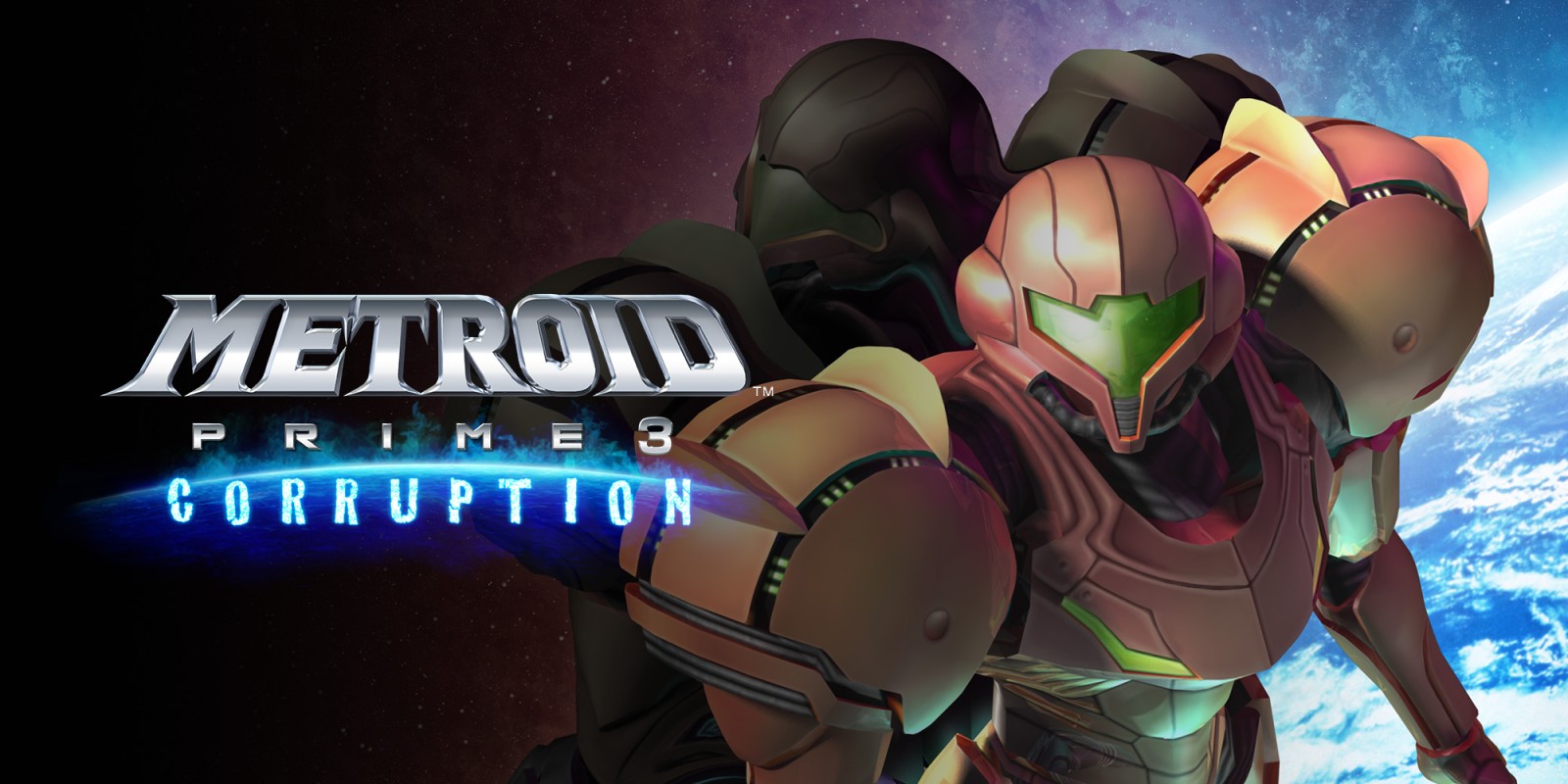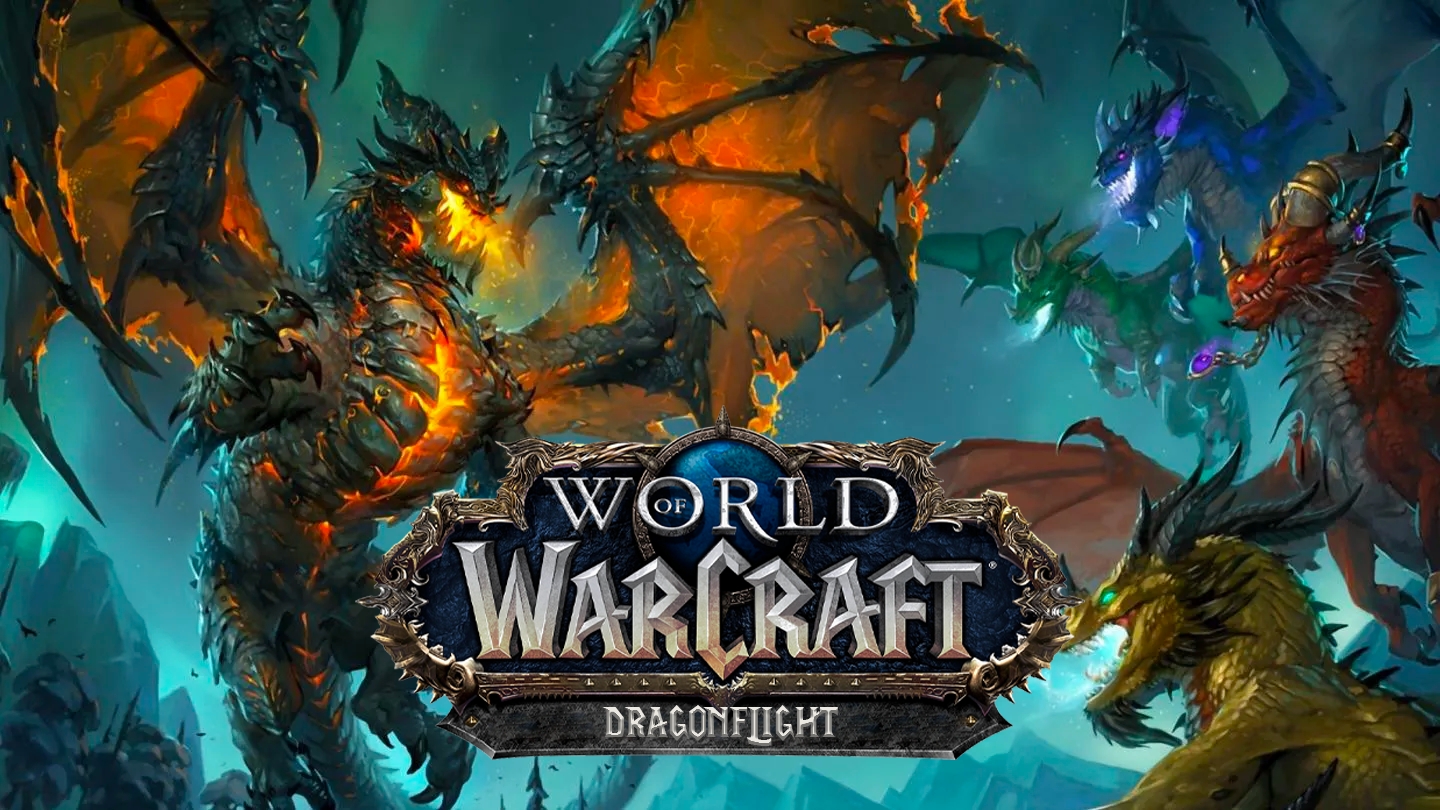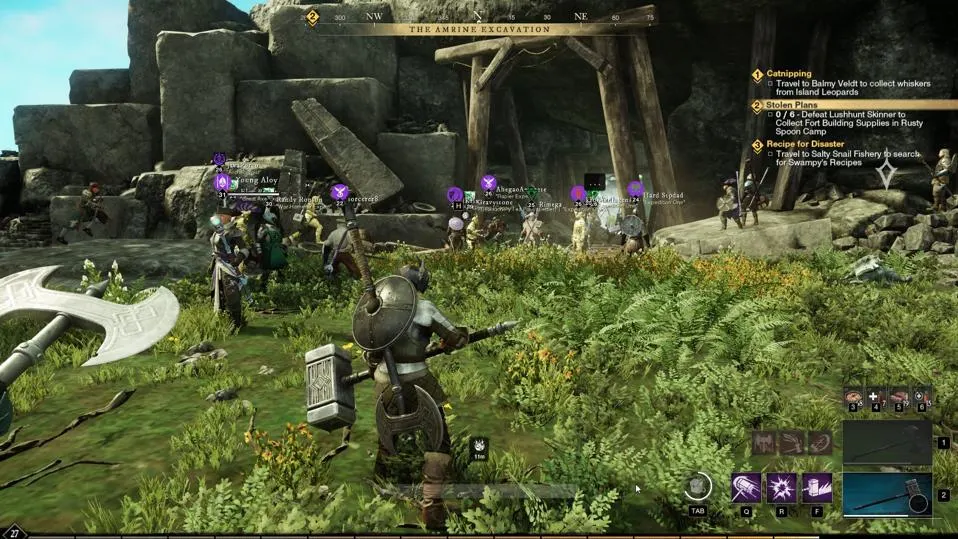Metroid Prime 3: Corruption is the final chapter of the iconic Metroid Prime trilogy, developed by Retro Studios and published by Nintendo for the Wii in 2007. This game brought the beloved first-person adventure series to a close while showcasing the unique capabilities of the Wii’s motion controls. With its compelling storyline, innovative gameplay, and stunning visuals, Metroid Prime 3: Corruption is often regarded as one of the best titles on the Wii and a standout entry in the Metroid series.
In this comprehensive guide, we’ll delve deep into the game’s features, storyline, gameplay mechanics, reviews, and frequently asked questions, providing a detailed overview for both new players and longtime fans.
Introduction to Metroid Prime 3: Corruption
What is Metroid Prime 3: Corruption?
Metroid Prime 3: Corruption is a first-person action-adventure game that continues the story of intergalactic bounty hunter Samus Aran as she battles the malevolent Phazon corruption spreading throughout the galaxy. The game introduces a more dynamic and immersive experience with the Wii’s motion controls, allowing players to aim and shoot with precision using the Wii Remote. The game blends exploration, puzzle-solving, and intense combat, maintaining the core elements that have defined the Metroid series since its inception.
The Legacy of the Metroid Prime Trilogy
The Metroid Prime trilogy has been celebrated for successfully transitioning the 2D Metroid gameplay into a 3D space while preserving the series’ atmosphere and exploration-driven design. Metroid Prime 3: Corruption concludes the narrative arc that began with the original Metroid Prime, following Samus as she confronts the growing threat of Phazon and the return of the Space Pirates.
Gameplay Mechanics in Metroid Prime 3: Corruption
Utilizing the Wii Motion Controls
One of the most significant changes in Metroid Prime 3: Corruption is the implementation of the Wii’s motion controls. This system allows players to use the Wii Remote to aim and fire Samus’s weapons with precision, offering a more immersive experience compared to traditional control schemes. The motion controls also play a crucial role in puzzle-solving and interacting with the environment.
- Aiming and Shooting: The Wii Remote’s pointer is used to aim Samus’s Arm Cannon, providing fluid and responsive aiming mechanics that are crucial in combat situations.
- Motion-based Actions: Players can perform various actions, such as pulling levers or turning wheels, by mimicking the corresponding motions with the Wii Remote, adding a physical layer to puzzle-solving.
Exploration and World Design
Metroid Prime 3: Corruption continues the series’ tradition of emphasizing exploration and non-linear world design. The game features multiple planets, each with its own unique environments, enemies, and puzzles. Exploration is key to progression, as players must find upgrades and new abilities to access previously unreachable areas.
- Planetary Exploration: Players will travel to different planets, each with distinct biomes and challenges. These include the fiery Bryyo, the frozen wastelands of Elysia, and the industrialized SkyTown.
- Upgrades and Abilities: As in previous Metroid games, acquiring new abilities, such as the Grapple Lasso or Hypermode, is essential for progressing through the game and uncovering its secrets.
Combat and Hypermode
Combat in Metroid Prime 3: Corruption is fast-paced and intense, with a wide array of enemies that require different strategies to defeat. A notable addition is Hypermode, a powerful but risky combat mode that allows Samus to unleash devastating attacks at the cost of her health.
- Hypermode Mechanics: Hypermode is activated using Phazon energy, giving Samus increased power and the ability to destroy tougher enemies. However, prolonged use of Hypermode can lead to “corruption,” requiring players to carefully manage their Phazon energy.
- Enemy Design: The game features a variety of enemies, from familiar foes like Space Pirates to new, Phazon-corrupted creatures. Each enemy type requires a different approach, whether it’s using specific weapons or targeting weak points.
Storyline and Characters in Metroid Prime 3: Corruption
The Plot of Metroid Prime 3: Corruption
The story of Metroid Prime 3: Corruption picks up after the events of Metroid Prime 2: Echoes, with the Galactic Federation enlisting Samus Aran to stop the spread of Phazon and defeat the rogue AI Aurora Unit 313. The narrative explores themes of corruption and control, as Samus herself is slowly overtaken by the Phazon corruption she seeks to destroy.
- Key Story Elements: The plot revolves around Samus’s mission to shut down the corrupted Aurora Units and stop the Space Pirates’ plans to weaponize Phazon. Along the way, she encounters other bounty hunters, some of whom fall victim to the Phazon corruption.
- Character Development: Samus’s character is explored more deeply in this installment, particularly through her struggle against the corruption threatening to consume her. Other characters, such as the Federation soldiers and rival bounty hunters, add depth to the story.
The Role of Phazon
Phazon plays a central role in Metroid Prime 3: Corruption, serving as both a powerful tool and a deadly threat. The substance is a source of immense power but also corrupts anything it touches, leading to the downfall of entire worlds and the corruption of key characters.
- Phazon Corruption: Throughout the game, Samus must grapple with the effects of Phazon on her body and mind, adding a layer of tension to the gameplay and narrative.
- Phazon-Based Enemies: Many of the game’s enemies and bosses are corrupted by Phazon, making them more powerful and dangerous. This ties into the overarching theme of the destructive nature of Phazon.
Reviews and Reception of Metroid Prime 3: Corruption
Critical Acclaim and Praise
Metroid Prime 3: Corruption received widespread critical acclaim upon its release, with praise focused on its innovative use of motion controls, immersive gameplay, and compelling storyline.
- Motion Controls: Critics highlighted the successful implementation of the Wii’s motion controls, noting that they enhanced the gameplay experience without feeling gimmicky. The precision and responsiveness of the controls were particularly praised.
- Atmosphere and Visuals: The game’s atmosphere, bolstered by its impressive visual design and art direction, was also a major point of praise. The varied environments and detailed graphics helped immerse players in the world of Metroid.
- Engaging Storyline: The narrative was lauded for its depth and the way it tied together the events of the entire Metroid Prime trilogy. The themes of corruption and control added a mature layer to the story, resonating with both longtime fans and newcomers.
Common Criticisms
While Metroid Prime 3: Corruption was widely praised, it did receive some criticisms, particularly regarding its pacing and the implementation of certain gameplay mechanics.
- Pacing Issues: Some players and reviewers felt that the game’s pacing could be uneven at times, with certain sections dragging on longer than necessary, which occasionally disrupted the flow of the narrative.
- Backtracking: As with previous Metroid titles, the need for backtracking to unlock new areas with newly acquired abilities was noted as a potential downside, especially for players unfamiliar with the Metroidvania style of gameplay.
Awards and Recognition
Metroid Prime 3: Corruption earned several awards and accolades, cementing its status as one of the top titles on the Wii and a standout entry in the Metroid series.
- Best Wii Game of 2007: Several gaming publications awarded it the title of Best Wii Game of the Year, recognizing its quality and the innovative use of the Wii’s unique hardware.
- Best First-Person Action/Adventure: The game also won awards for its blend of action and adventure, showcasing the seamless integration of exploration, combat, and storytelling.
Metroid Prime 3: Corruption Game Official Trailer by The Definitive Guide Review
Frequently Asked Questions (FAQ): about Metroid Prime 3: Corruption
Q1: What makes Metroid Prime 3: Corruption stand out from other games in the series?
A: Metroid Prime 3: Corruption stands out for its successful implementation of motion controls, which provide a more immersive and interactive experience compared to traditional controls. The game also concludes the narrative arc of the Prime trilogy, offering a satisfying resolution to the story that began with the original Metroid Prime.
Q2: How does Hypermode work in Metroid Prime 3: Corruption?
A: Hypermode is a powerful combat mechanic introduced in Metroid Prime 3: Corruption. It allows Samus to enter a state of enhanced power by using Phazon energy, enabling her to deal massive damage to enemies. However, staying in Hypermode for too long can lead to Phazon corruption, which can drain Samus’s health and lead to a game over if not managed properly.
Q3: Is Metroid Prime 3: Corruption a good entry point for new players?
A: While Metroid Prime 3: Corruption is the final entry in a trilogy, it is designed to be accessible to new players. The game provides a recap of key events from the previous titles and introduces gameplay mechanics in a way that doesn’t assume prior knowledge. However, for the full experience, playing the earlier games in the Prime series is recommended.
Q4: What are some tips for mastering the motion controls in Metroid Prime 3: Corruption?
A: To master the motion controls in Metroid Prime 3: Corruption, it’s important to get comfortable with the Wii Remote’s aiming and shooting mechanics. Practice using the lock-on feature to maintain accuracy during combat and take advantage of the motion-based actions for puzzle-solving. Adjusting the sensitivity settings can also help in finding the control scheme that works best for you.
Q5: Can you replay Metroid Prime 3: Corruption after completing the main story?
A: Yes, after completing the main story, players can replay Metroid Prime 3: Corruption on different difficulty levels. The game also features a sequence of unlockable content, such as concept art and additional lore, which encourages multiple playthroughs.
Conclusion: The Legacy of Metroid Prime 3: Corruption
Metroid Prime 3: Corruption is more than just a game; it’s a culmination of the efforts of Retro Studios to deliver a first-person adventure that stands the test of time. With its innovative gameplay, gripping storyline, and masterful use of the Wii’s capabilities, it remains a beloved title among fans of the Metroid series.
As the final entry in the Metroid Prime trilogy, it ties up loose ends while leaving a lasting impact on the franchise and the gaming community as a whole. Whether you’re a longtime fan or a newcomer to the series, Metroid Prime 3: Corruption offers an experience that is both challenging and rewarding, making it a must-play for anyone who appreciates a well-crafted video game.



